Too lazy to read this article? Get Your Research Paper Written By An Expert. Our experts can write both APA style research paper format and MLA style research paper format. If you have a specific format, let us know, we will help you with that as well.
Before we begin, let us understand what is a research paper and why is it needed?
A research paper is a kind of essay in which you have to explain what you have learned after understanding and exploring your topic in depth. In a research paper, you include information from sources such as books, interviews, Internet blogs, and articles. You can also use your own thoughts, creativity, knowledge, and opinions. It basically means that more than 75% of your data has to be in your own words.
In other words
The research paper is a part of academic writing that provides review, description, and reasoning based on in-depth independent research.
Research papers are similar to educational essays, but they are usually longer and more detailed, designed to evaluate not only your writing skills but also your skills in educational research. Writing a research paper requires you to demonstrate a strong awareness of your topic, take part in a variety of sources, and make an original contribution.
What are the Most Important Sections of a Research Paper?
Research papers start with a question in mind. A paper that describes a particular study clearly states the query, procedure, discoveries, and other relevant information. Read below for explanations and standards of research paper sections. The main sections of a typical APA research paper include the following:
The Cover page/Title page
The first page of the research paper is always a cover page. This includes the name of the paper, a running head, a list of authors, and the institutional affiliation of the authors.
What is a running head in APA format example?
A running head is also called a page header. It is a phrase at the top of each page of a document that gives the reader important details. For APA format, the running head includes the title of the paper in the upper-case, along with the page number.
The institutional affiliation is often listed in an Author Note. The Author’s note is placed towards the bottom of the cover page. In some cases, the Author Note also contains an acceptance of any financial support and of any individuals that helped with the research project. This page also contains the date of writing the paper.
Here are two examples of a basic APA cover page:
Example 1:
Criminal psychology
Samantha and Eric
University of Los Angeles
5 August 2020
Example 2:
Impact of Digital Marketing on Society
Stacy Carpenter
Ms. Kayla
NRW-4B1-021
16 January 2018
Abstract
A one-passage summary of the entire research – typically no more than 240 words in length (and in many cases, it is well brief than that), the Abstract provides an overview of the study.
An abstract does not need to be provided in every paper, but an abstract should be used in papers that include a theory. A good abstract is short — about one hundred sixty to two hundred forty words — and is written in an unbiased, neutral style. Your writing voice will not be as plain here as in the body of your research paper. When writing the abstract, take a just-the-facts approach, and encapsulate your research question and your findings in a few sentences.
Table of Contents
The table of contents is placed on the third page, includes the list of headlines for all the sections with the page numbers mark. A short essay or research paper requires no table of contents.
If your written report or research paper is very long, it may be helpful to include a table of contents showing the page number where each section starts.
For those writing an extensive document, i.e. a book, here is the suggested order for placing items in a Table of Contents:
- Acknowledgments
- Preface
- Commencement/Introduction
- Body (sections I, II, III, IV…)
- Synopsis
- Afterword
- Descriptive Notes
- Postscripts
- Contact Organizations
- Terminology
- Endnotes
- Bibliography
- Index
A less difficult Table of Contents may simply include the following parts: Introduction, Body, Conclusion (or Summary), References, along with the matching page number where each part begins.
Table of Content in a research paper could be like:
Introduction…………………………………………..……….1
Politics……………………………………………………………….5
Economical Growth…………………………………..8
Arts and Music……………………………………………..15
Conclusion……………………………………………………..18
References………………………………………………………22
Introduction
The introduction is the first major section of the text in the paper. Here you can point out the reasons why you have started to write your paper and entitle thesis as well.
The Introduction commonly expresses the topic under exploration, outlines or discusses relevant previous research, identifies unanswered issues that the current research will address, and provides a summary of the research that is to be described in greater detail in the parts.
The research paper commencement or start should address these three questions: What, how, and why?
What? Be particular about the subject of the paper, introduce the grounding, and define key concepts.
How? To let the reader know what to anticipate from the rest of the paper, the introduction should include a “chart” of what will be considered, briefly presenting the key components of the paper in sequential order.
Why? This is the most predominant, but also the hardest, part of the introduction. Try to provide brief answers to the following questions: What new stuff or insight are you offering? What important concerns does your essay help define or answer?
Body paragraphs (research description and methods)
The body of a research paper reveals the essence of the work. The major difficulty faced by most writers is how to arrange the information presented in the paper.
One way to stay on track is to use your theory statement and subject sentences. Check:
- subject sentences against the theory statement;
- subject sentences against each other, for resemblance and logical arrangement;
- and each sentence against the subject sentence of that paragraph.
Be well informed of paragraphs that seem to cover the same things. If two paragraphs discuss something alike, they must approach that topic in different ways. Aim to create smooth transformations between sentences, paragraphs, and sections.
Methods that can be written in body of research paper:
- Procedure: Describe data collection or participant selection.
- Prototype: Describe the prototype or dataset, including basic enumerations.
- Setting: Describe the setting, if applicable (generally only in subjective designs)
- Investigation: If applicable, describe, in detail, how you implemented the investigation
- Instrument: Describe, in detail, how you executed the instrument; Describe the loyalty and validity linked with the instrument
- Data Inspection: Describe the type of course of action (tests, meetings, etc.) and software (if used)
Findings
This section describes the data that was gathered and the outcomes of any statistical assessments that were performed. It may also be introduced by a description of the analysis method that was used. If there were numerous experiments, then each experiment may require a separate results section such as:
Example of writing results in a research paper
- Research Query 1 (Quantitative)
- Outline of the results
- Research Query 2 (Qualitative)
- Describe the results
Discussion
Discussion is the final major section of work in the research paper. The discussion often features a synopsis of the results that were acquired in the study, expresses how those results communicate the topic under examination and/or the complications that the research was designed to address, and may stretch upon the suggestion of those results.
Discussion in research papers may include:
- Recapitulate overall research query
- Express how the results, when taken together, acknowledge the main question
- Describe how the results explain or contradict the writings you reviewed
Conclusion
Conclusion in a research paper implies the evaluation of results acquired during the research and the quick review of the whole work.
It might include following:
- A quick summary of all of the major facts stated in the body
- Recapitulate the thesis statement
- Ending remark or idea.
The research paper conclusion is tailored to help your reader out of the paper’s logic, giving them a sense of decisiveness. Track down the course of the work, highlighting how it all comes together to prove your theory statement. Give the paper a sense of decisiveness by making sure the reader recognizes how you’ve resolved the issues aroused in the introduction.
You might also discuss the more general outcomes of the argument, outline what the paper offers to upcoming students of the topic, and suggest any questions the paper’s argument brings up but cannot or does not attempt to answer.
While writing the conclusion you should not do the following:
- Offer new differences of opinions or important information
- Take up any more expanse than necessary
- Begin with ancestry phrases that indicate you are ending the paper (for example “In conclusion”)
Bibliography/reference list
Bibliography in a research paper means the record of backing literature and other information sources. Academicians often ask to create an explained bibliography.
The bibliography can also include a list of clauses and any references from books – an indexed list of the sources that are cited in the research paper (by the surname of the first author of each reference). Each reference should follow specific APA instructions regarding author names, dates, article subjects, journal subjects, journal book numbers, page numbers, book producers, publisher locations, websites, and so on.
Appendix (if any add-ons were available)
Appendix in a research paper includes additional information (which is optional) – in some cases, additional information that is not evaluative to understanding the research paper, such as a list of experiment encouragement, details of a secondary scanning, or programming code, is provided. This is often placed in an Appendix.
APA Research Paper Format Example
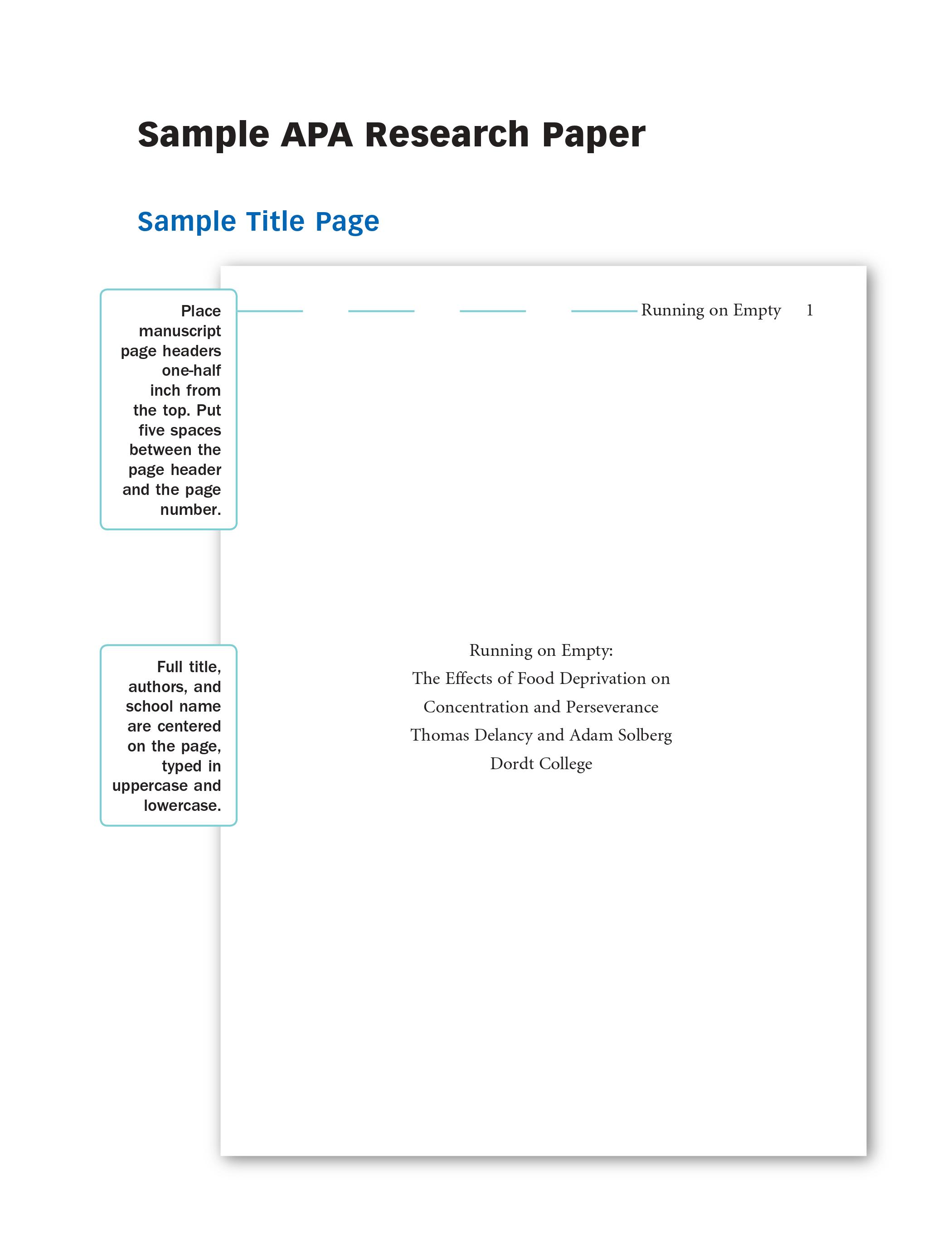



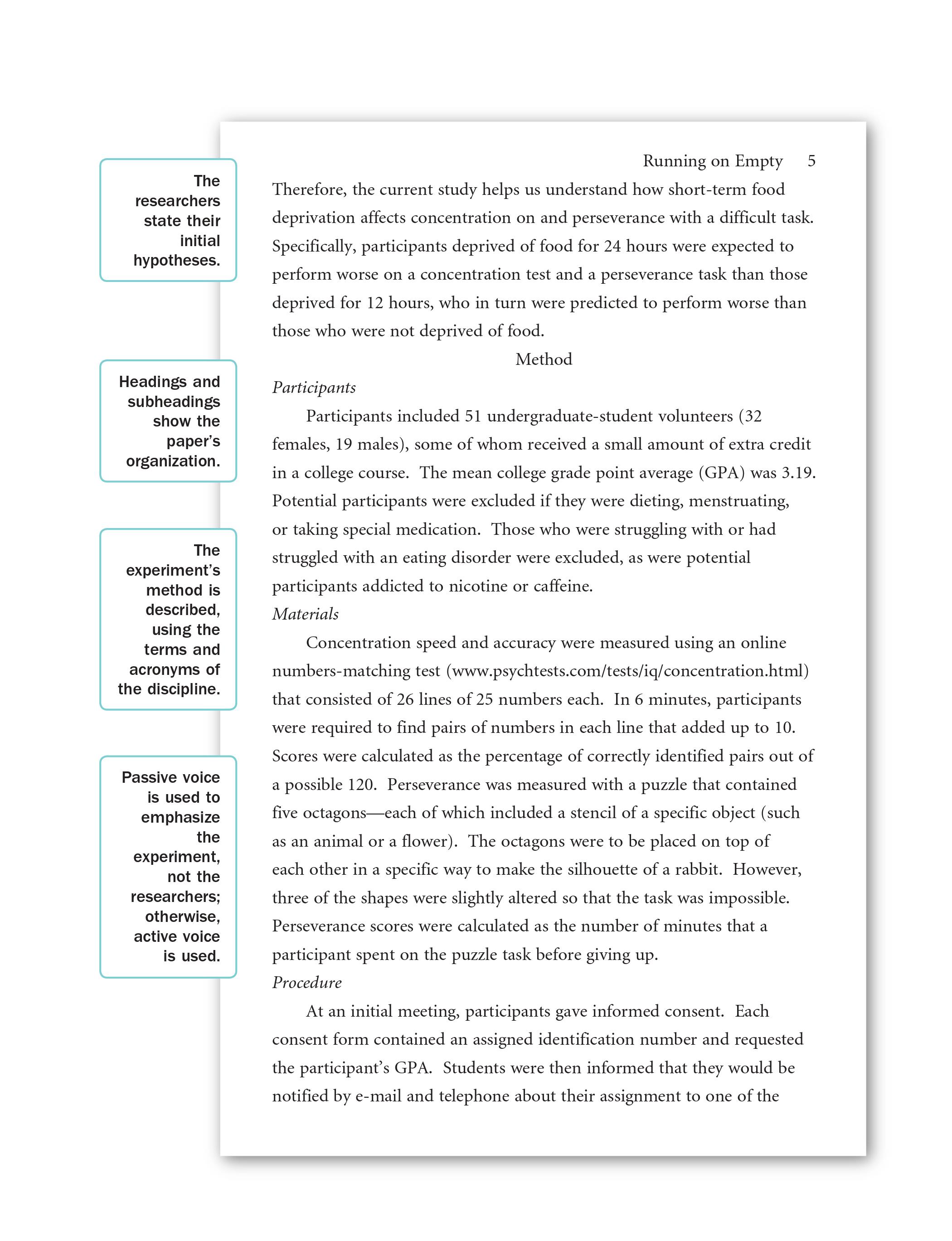
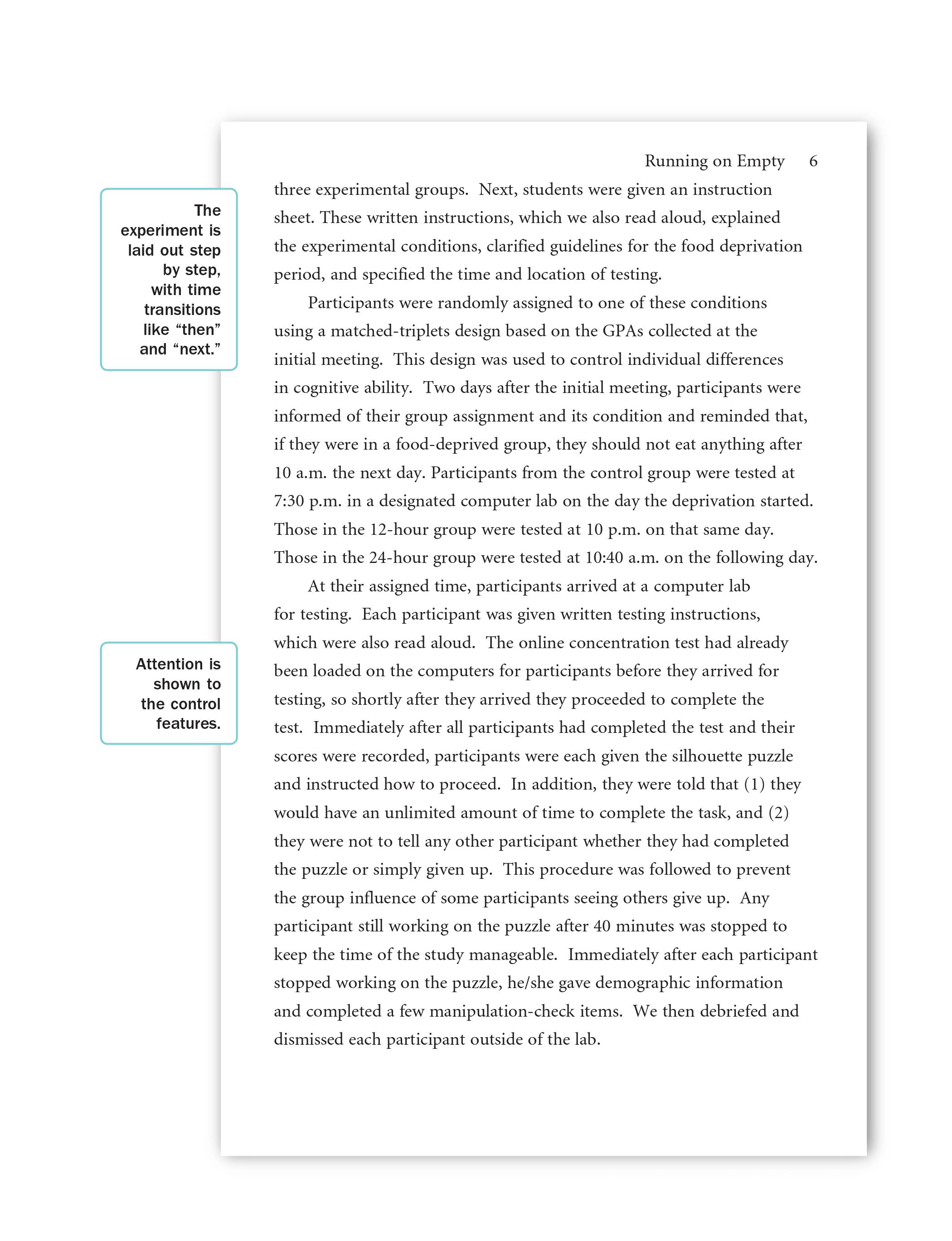
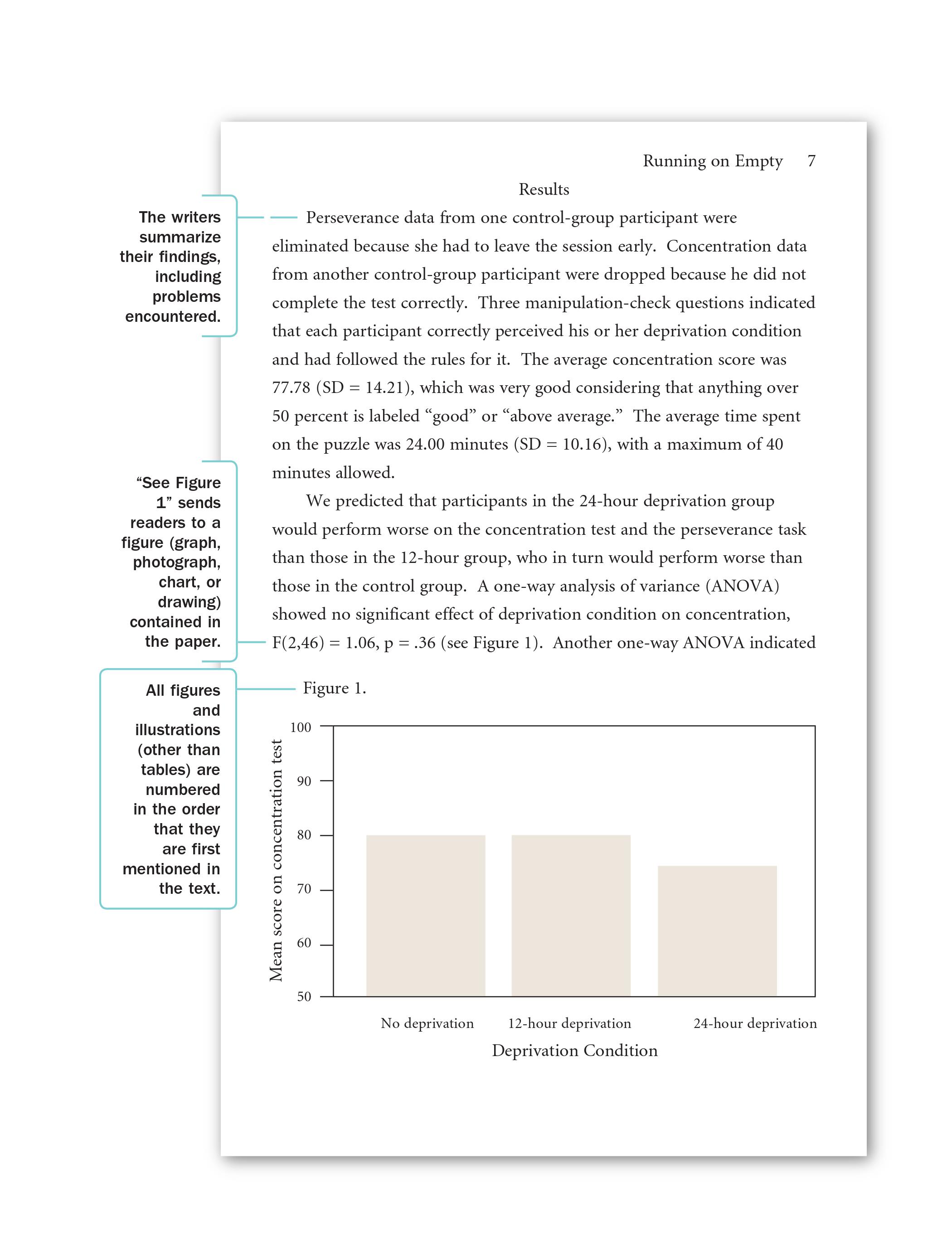
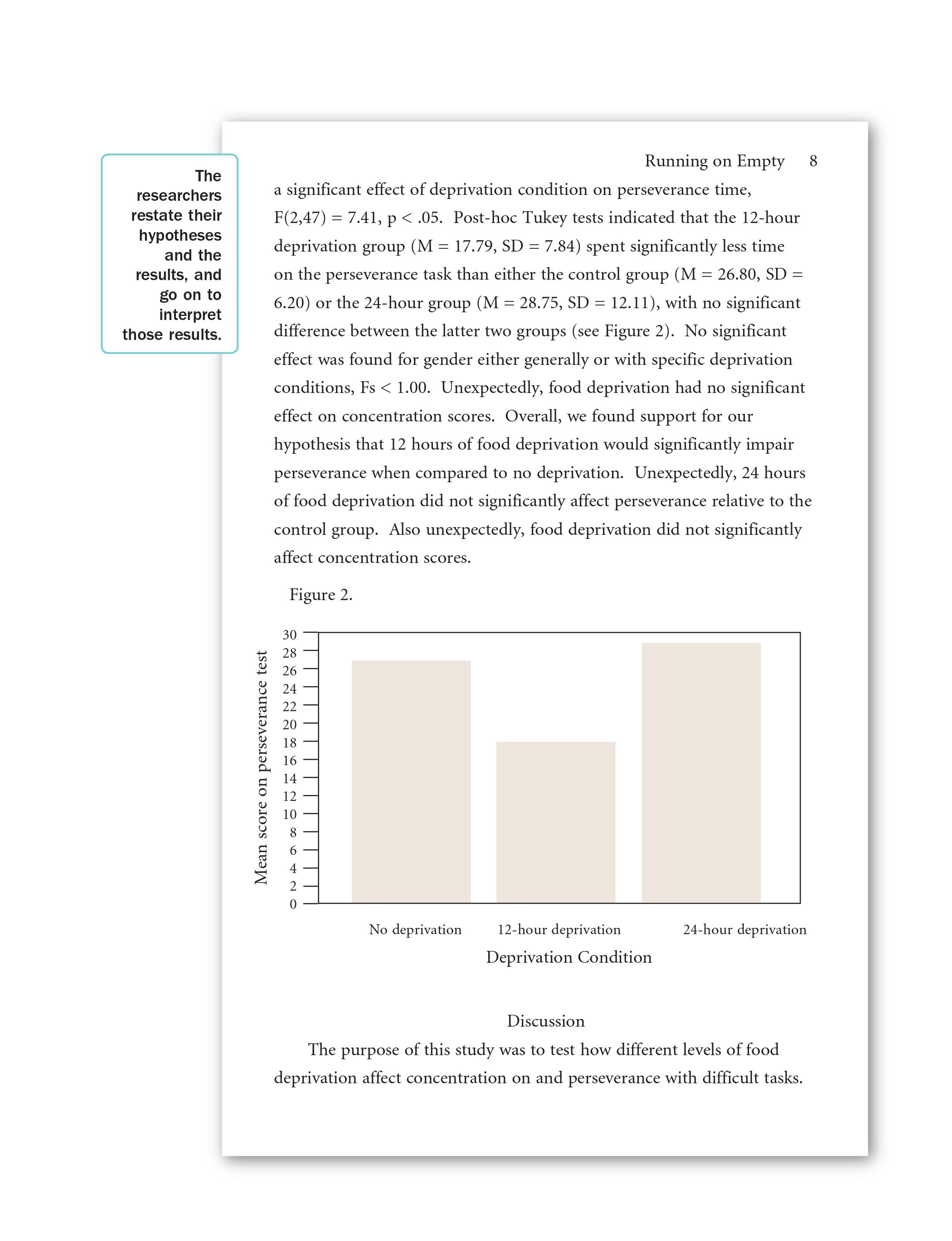
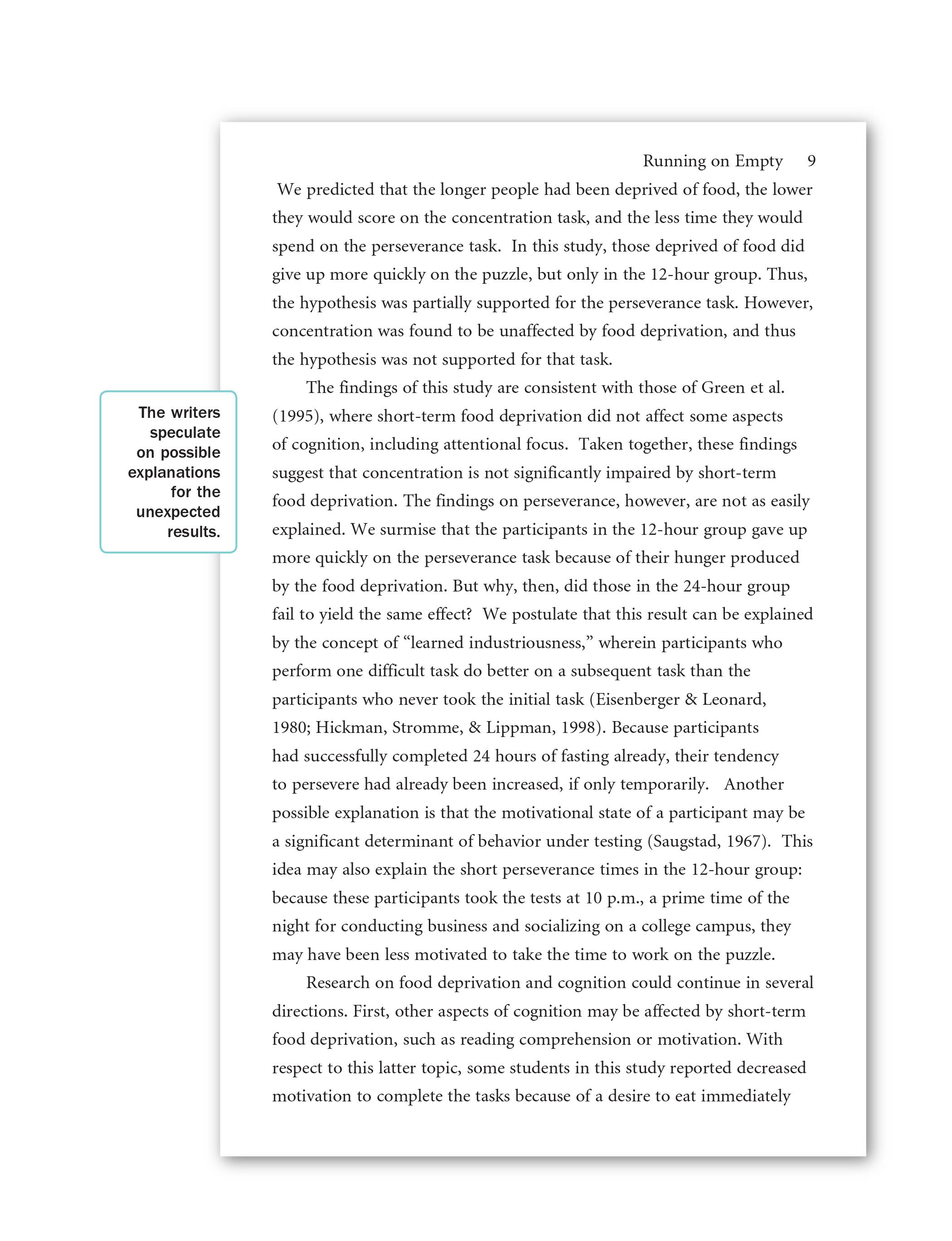
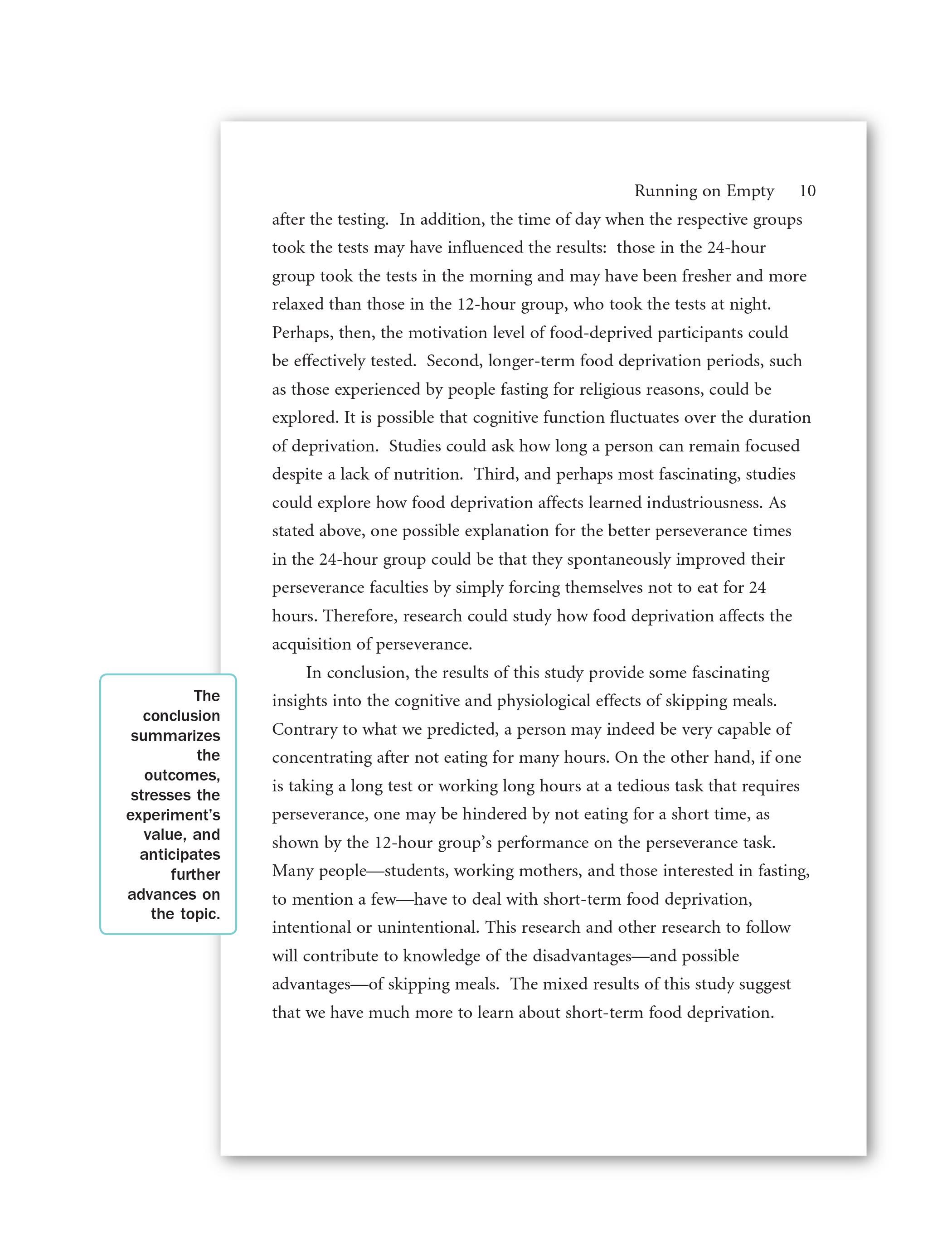
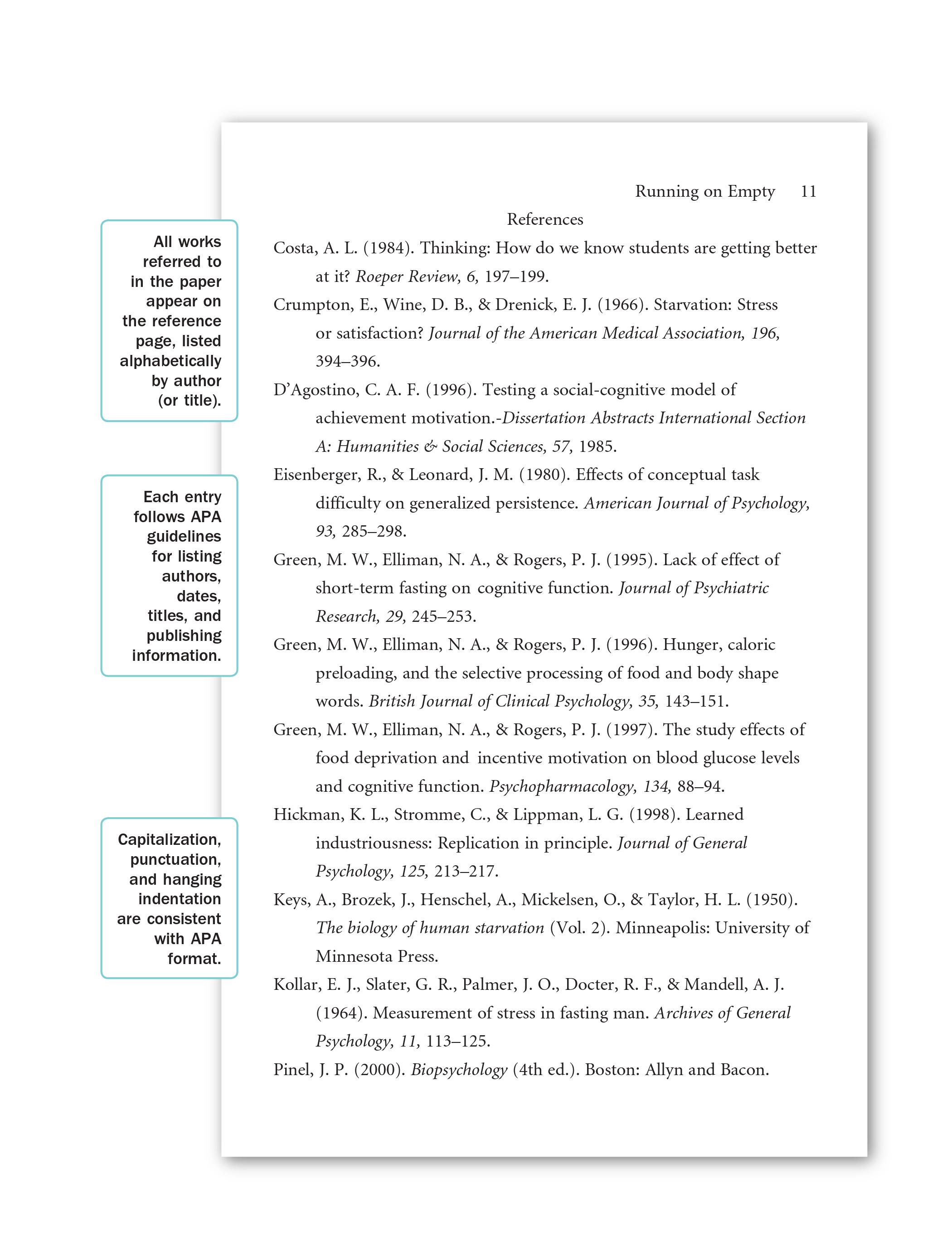
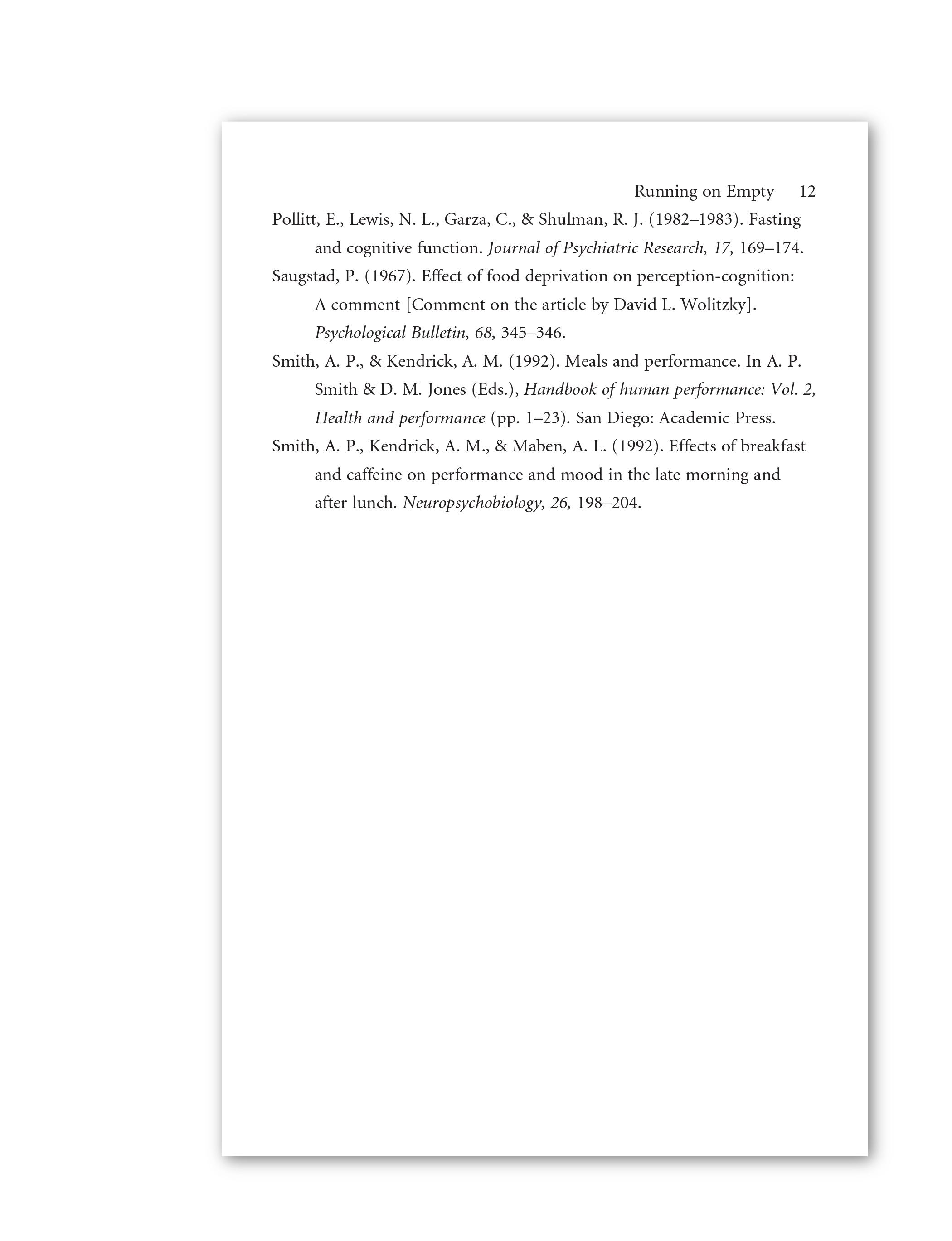
MLA Research Paper Format Example
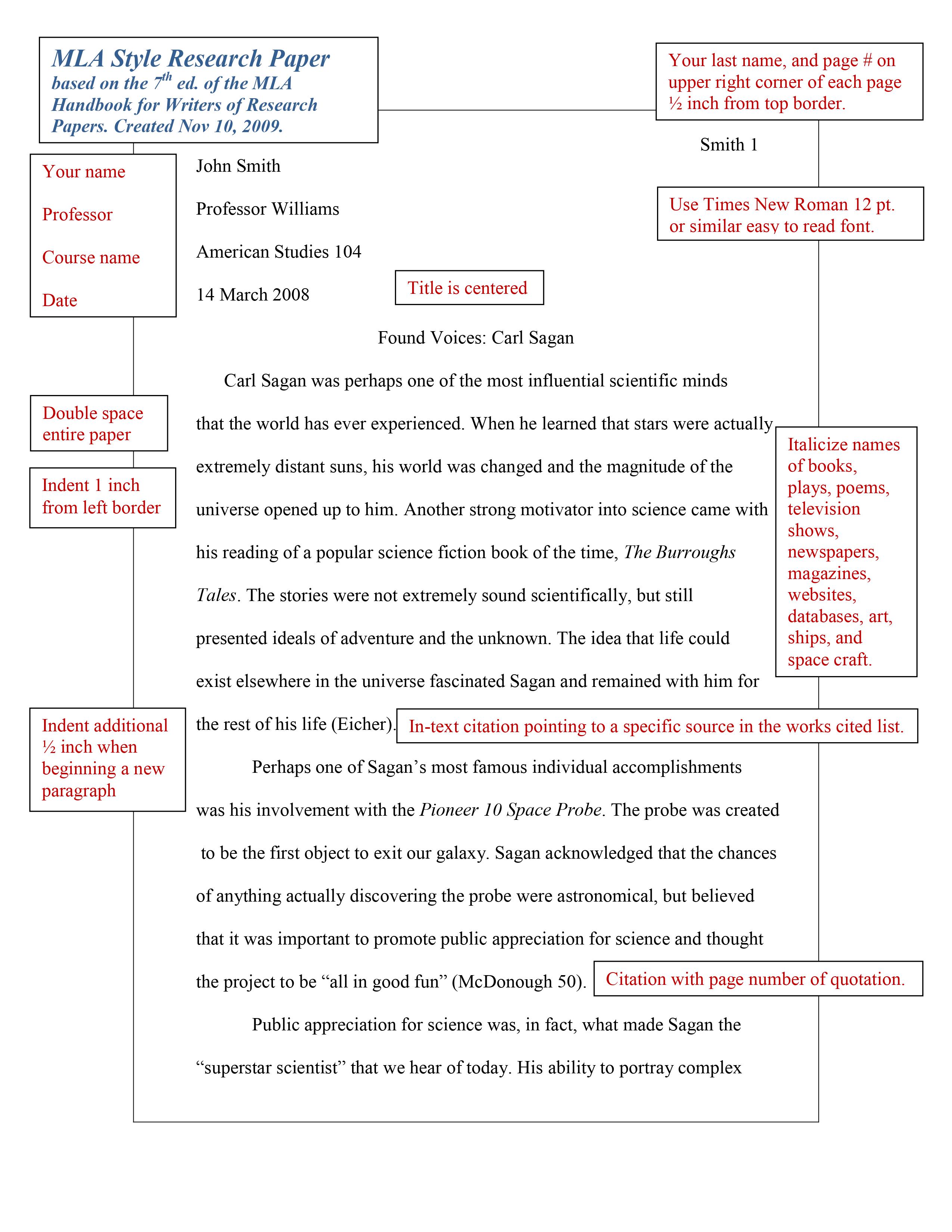

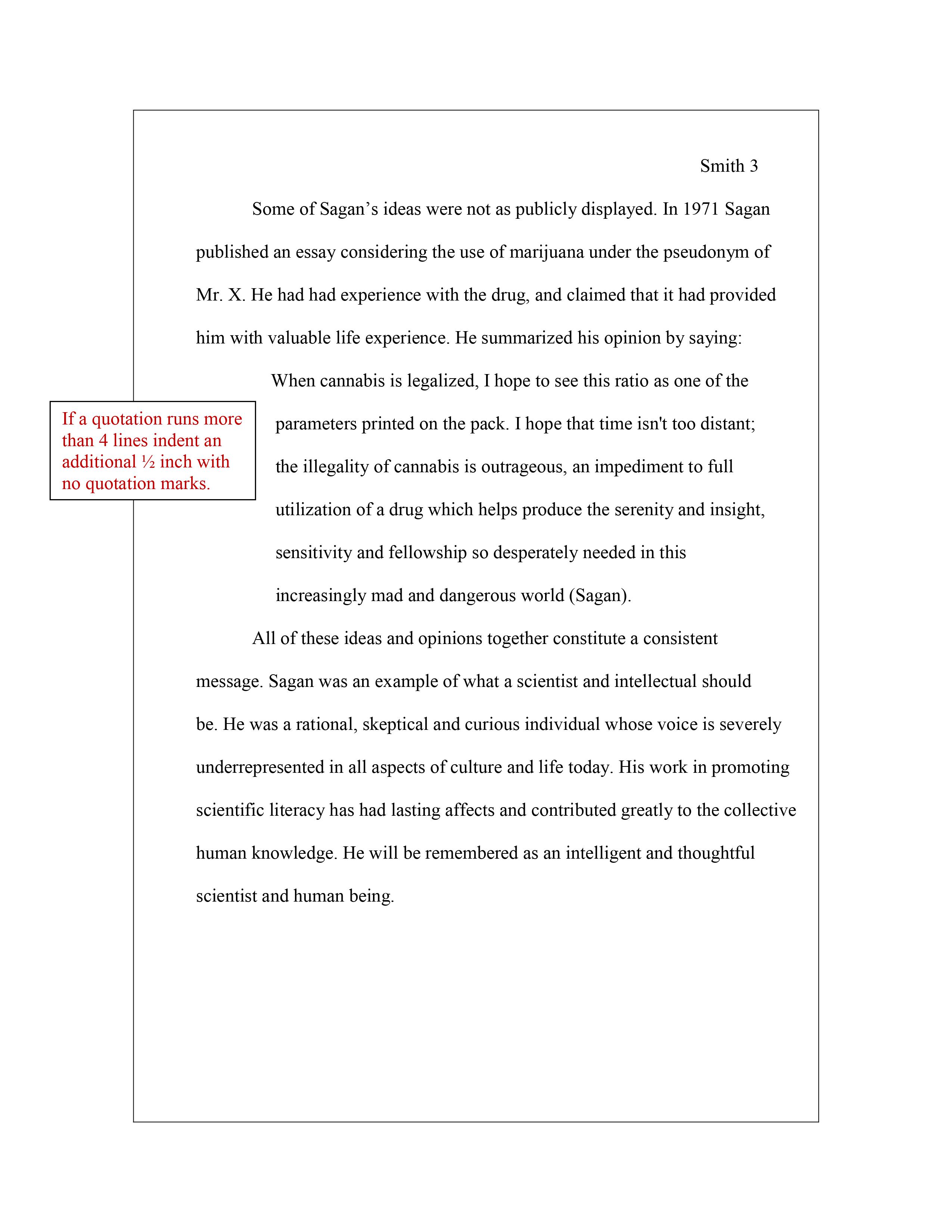
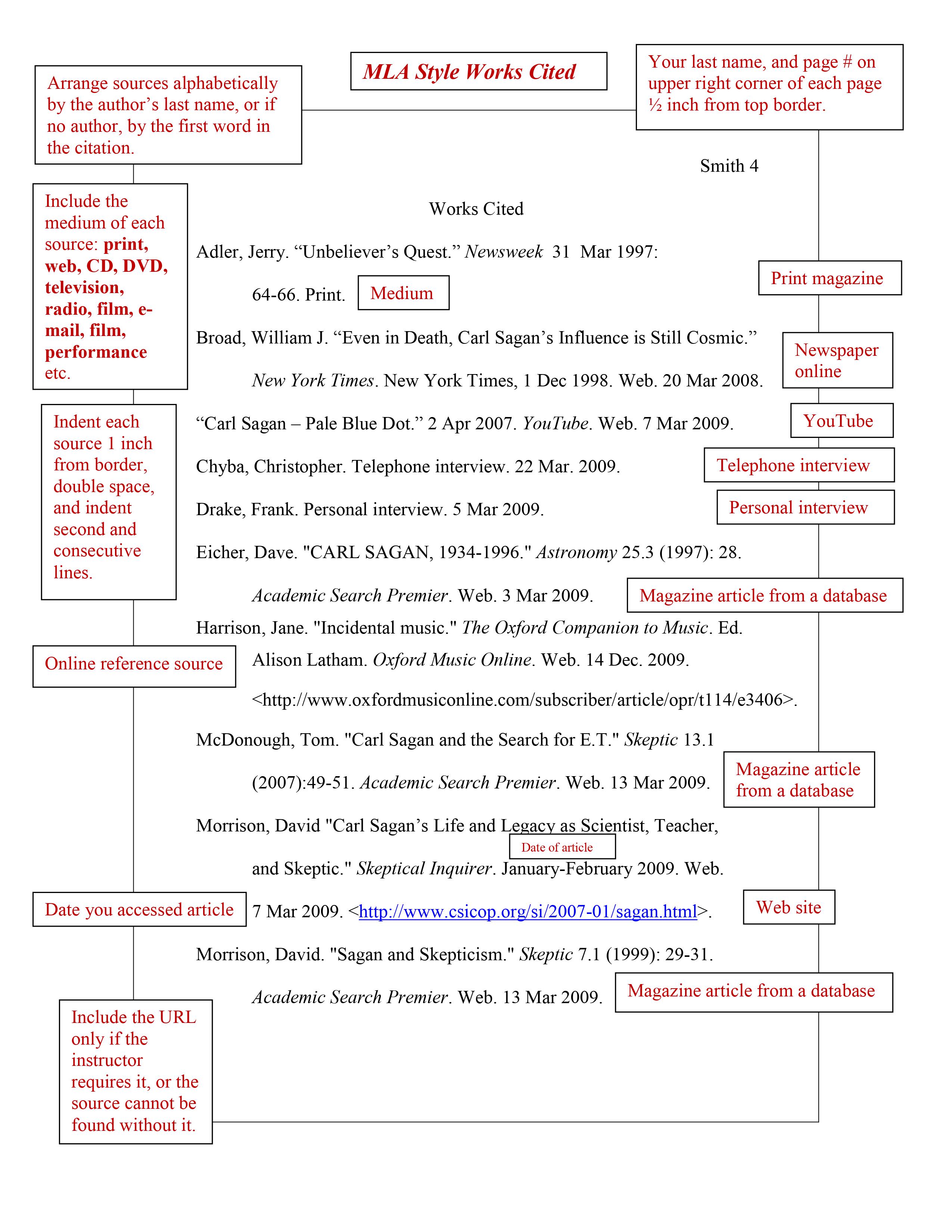

If you are still having difficulty understanding the research paper format you can contact us on WhatsApp (+91 9888991872) for instant help in writing a research paper. Our experts can deliver quality content at the most affordable price.

Pingback: How to Write a Research Proposal – Format, Examples & Usage – We Do Assignment
Pingback: Where to Buy Research Paper Online That’s Plagiarism-Free and AI-Free – We Do Assignment